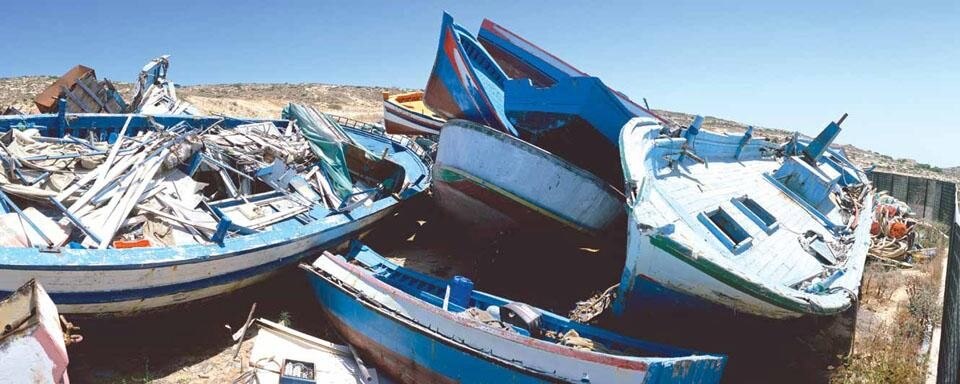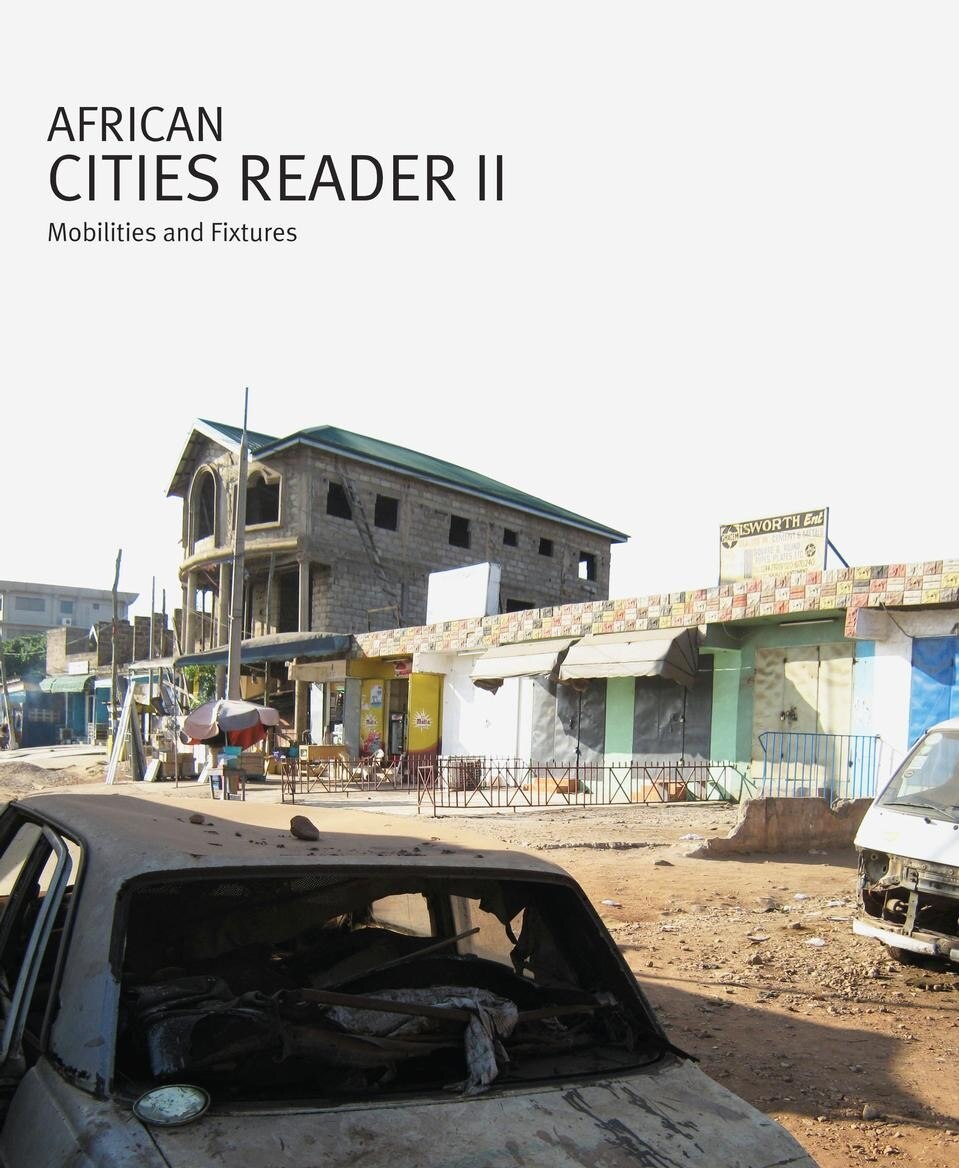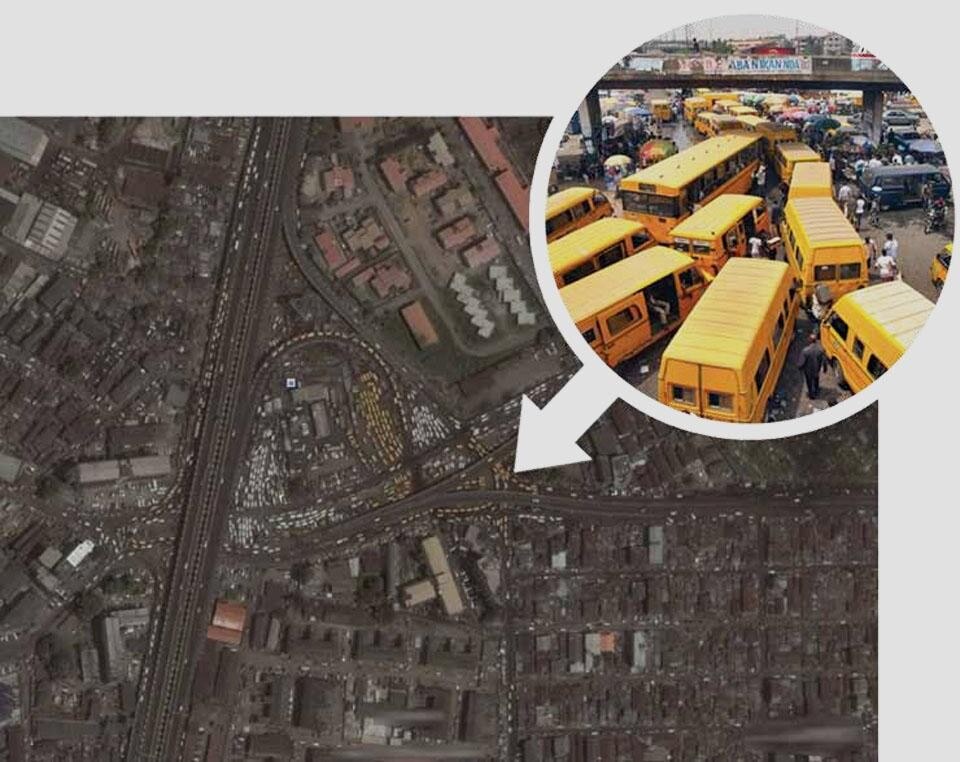Narrate is the right word. 2/3 of the authors are writers, artists and journalists, and the rest are academics. This disparity reflects the need to give visibility to those situations and processes that academic literature does not seem to be able to represent. This is tied to the "saboteur" approach adopted by the journal's curators, Edgar Pieterse and Ntone Edjabe.
Edgar Pieterse is the founder and director of the African Centre for Cities, a research centre established in 2007 at the University of Cape Town, focusing on urban transformations. The centre was created essentially to produce new architects, planners and researchers who can intervene and transform South Africa. The goal is a very ambitious one pursued with great determination through research projects, international collaborations and publications. Edgar Pieterse is basically an intellectual holding an eclectic PhD at the London School of Economics. Consultant for three years to the Governor of the Western Cape Region [special advisor to the Premier of the Western Cape], founder of the Isandla Institute in 1997, and referent for sustainable development projects and cultural and regional planning, Pieterse's work focuses specifically on participatory processes in urban planning. From this point of view, at the end of apartheid, South Africa became one of the nations that discussed this topic, experimenting with different methods for conducting meetings and discussions and engaging artists and cultural events in territorial transformations.


With contributions from, among others, Sean O'Toole, David Adjaye. Victor Lavalle, Santu Mofokeng, Chris Abani and Mowoso Collective, the second issue, Mobilities and Fixtures, focuses on mobility and immobility, almost a classic theme when it comes to Africa: from the continent on the march to the images from above of the chaotic traffic in Lagos to the plight of refugees to migration issues that drive people to Europe and beyond. If all these themes are touched, from the title, Mobilities and Fixtures, seems to be almost completely inscribed within the rhythm of the publication. It passes suddenly from one article to another, alternating critical essays, poetry, images, listed phrases, ramblings, real essays that announce their conclusions in an abstract. The coexistence of genres is disorienting and as in Isaac Julien's photographs depicting boats of immigrants on the beaches, immoveable and destroyed—mobility and fixity seem to be words used not to explain but to strike out.
African cities, which should be at the center of attention, are so fragmented into neighborhoods, homes and bars that they lose their 'urban dimension' to become private corners.


Iolanda Pensa

